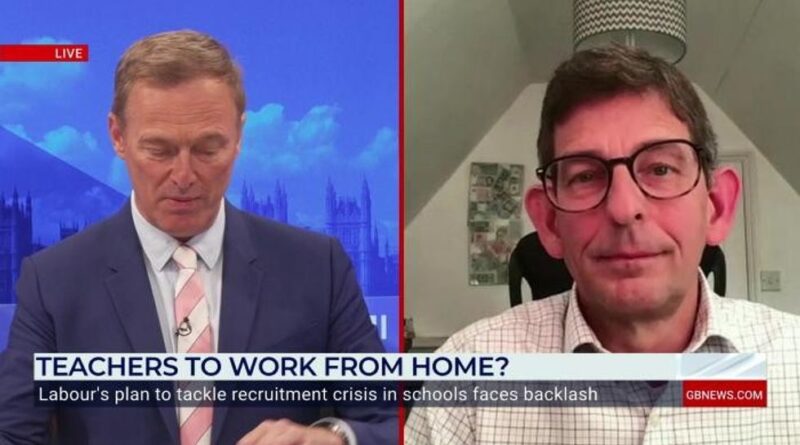Britain’s absence crisis: Nearly 15,000 teachers in England call in sick EVERY DAY
Nearly 14,000 teachers in England called in sick every day last year, according to recent analysis of Department for Education data.
The figures reveal that approximately 2.5 million school days were lost in the 2022/23 academic year due to teacher illness.
This alarming statistic highlights an ongoing absence crisis in the education sector, with 66.2 per cent of England’s teaching workforce taking time off due to sickness.
While this marks a slight decrease from the previous year’s 67.5 per cent, it remains significantly higher than pre-pandemic levels of 54.1 per cent.
The high rate of teacher absences has raised concerns about disrupted learning and the financial strain on school budgets, as institutions grapple with increased costs for supply teachers.
The Department for Education’s school workforce statistics reveal that each teacher who took sick leave reported an average of eight days off work last year.
This equates to almost 13,700 teachers calling in sick on any given day during the 190-day school year.
Since in-person teaching resumed following the pandemic, a staggering 7.8 million school days have been lost to sickness, according to analysis by the TaxPayers’ Alliance.
Compared to the 2018/19 academic year, an extra 461,500 teaching days were lost last year due to staff illness.
In some secondary schools, as many as 166 teachers took sick leave at some point during the 2022/23 academic year.
These figures underscore the ongoing challenges faced by schools in maintaining consistent staffing levels and ensuring uninterrupted education for students.
The impact on school budgets has been significant, with institutions forced to spend £1.2billion on supply teachers in 2022/23.
This figure is nearly double the £738million spent in the year before the pandemic.
The substantial increase in supply teacher costs is putting additional strain on already stretched school budgets.
Joanna Marchong, investigations campaign manager of the TaxPayers’ Alliance, said: “Taxpayers will be shocked by the sheer number of sick days taken by teaching staff.”
She added: “Schools must tackle this issue if they want to deliver a consistent quality of education that is value for money for taxpayers.”
The financial pressures are compounded by the need to cover long-term sickness and fill vacancies, forcing headteachers to scramble for solutions.
While the Government does not collect centralised data on reasons for teacher absence, experts point to increased stress and deteriorating mental health as potential factors.
Daniel Kebede, general secretary of the National Education Union (NEU), blamed the rise in teacher absence rates on “excessive teacher workload driven by a high-stakes assessment and accountability system”.
He warned that without urgent Government action, this would continue to “leave many teachers burnt out, leading to stress, sickness and people leaving the profession”.
The ongoing recruitment and retention crisis in the education sector has exacerbated the issue, with almost one in 10 teachers quitting the profession last year.
The National Education Union (NEU) has called on the Government to improve teacher pay to prevent a growing exodus from the sector.
Daniel Kebede, NEU general secretary, told The Telegraph: “We need to see a concerted effort by the Government to retain teachers in the profession. This will need changes to accountability so we have a collaborative and supportive system.”
He added that action is required on “closing the pay gap between teachers and other graduate professions, reducing workload and more flexible working in education”.
The NEU recently accepted a 5.5 per cent pay uplift for most teachers this year but warned it will push for a bigger hike next year.

